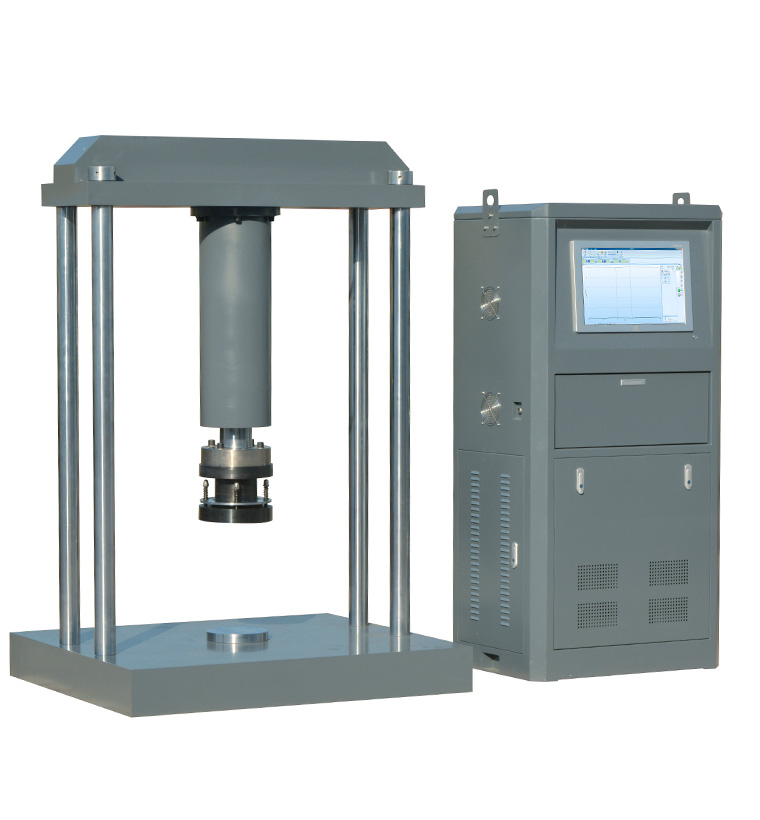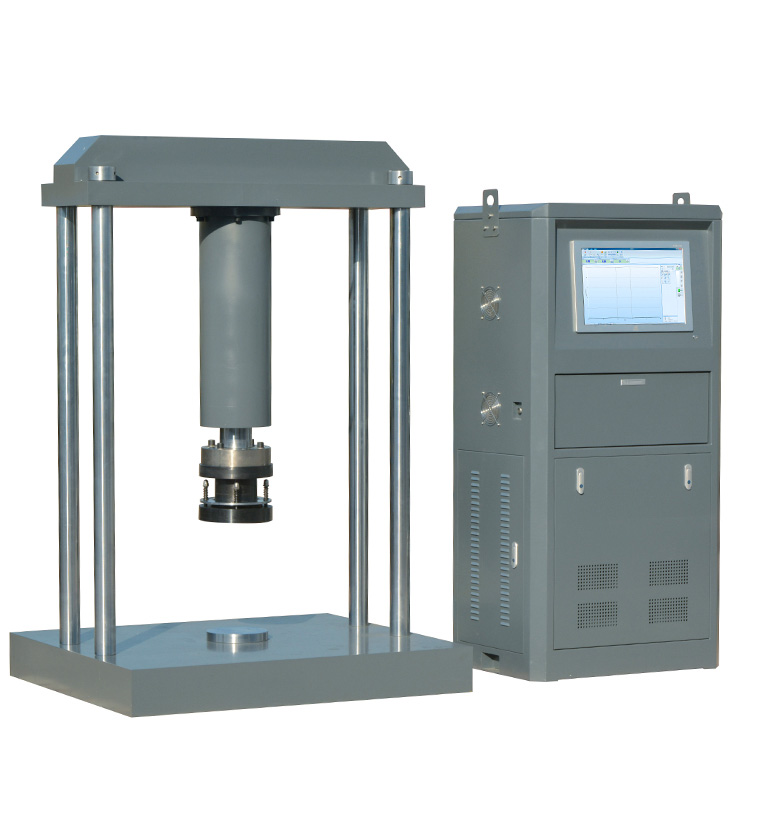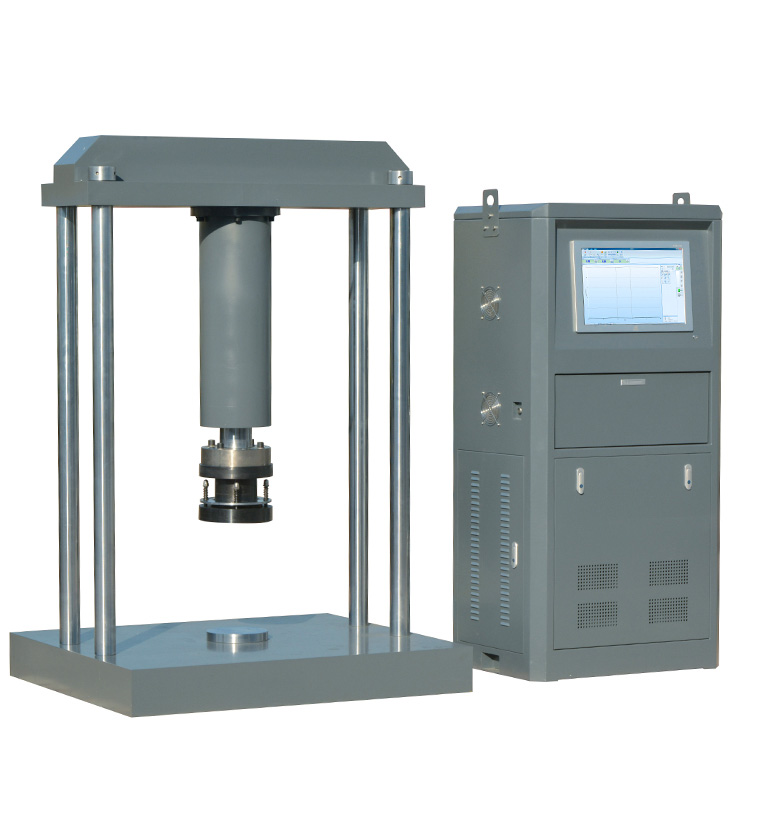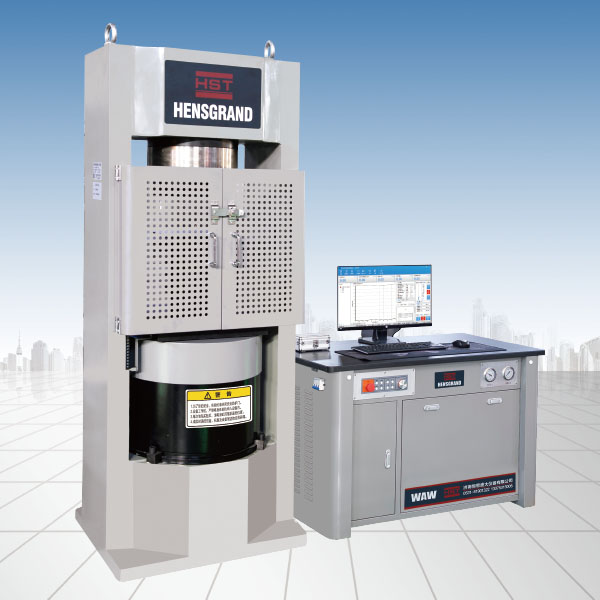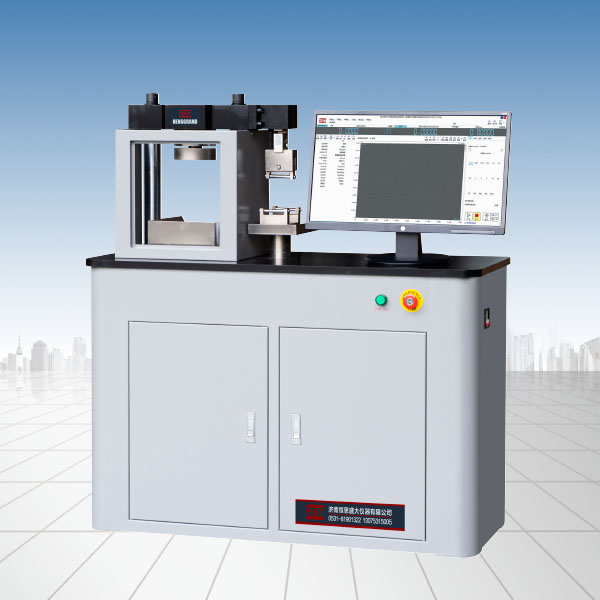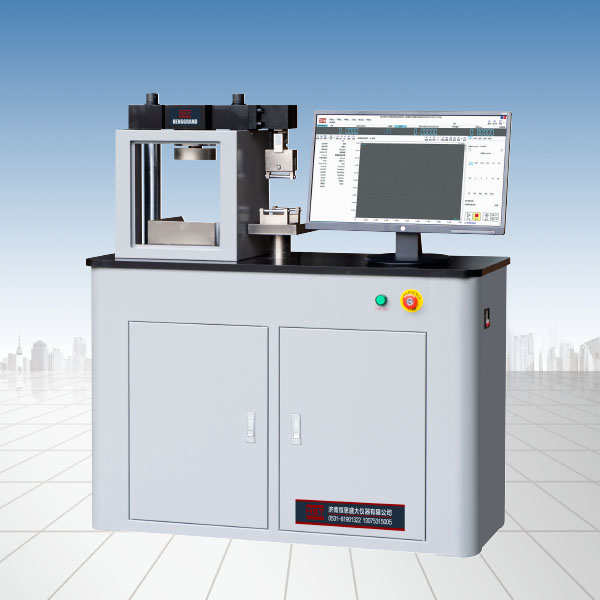Company News
Detailed explanation of the test principle of cup protrusion material testing machine
Release time:2018-11-23 source:Jinan Hengsi Shanda Instrument Co., Ltd. Browse:
CupMaterial testing machineThe material test is a stamping process performance test, which is often used to measure the deep dipability of a material.
According to national standards, the "material test of the cup protrusion test machine uses a spherical punch at the end, and presses the clamped sample into the press mold until a crack appears. The measured cup protrusion depth is the test result." This kind of test is usually in the cup protrusion.Testing machineProgress on. After the cupping test, the sample is like a stamped cup (but a cracked cup). If the deep-drawing performance of the steel plate is not good, the stamping parts will easily crack during the production process.
The cup protrusion test (Eriehsen test) test method for evaluating the formability of metal thin plates. Also known as the Erichsen test or the Erichsen cup test, it is an ancient and popular type in thin plate forming test. During the test, a thin metal plate pressed by the die and the edge ring on the periphery was pushed into the die with a ball head stamped into the die, forming a hemisphere bulge until cracks appeared on the top of the bulge. As shown in the figure, a hard steel ball or hemispherical punch 4 with a price of Zommm was used to press the metal sheet 2 into the inner diameter of 27mm and the rounded corner radius. The 75mm die 1, the edge of the sheet is pressed between the die and the press ring 3. To prevent edge metal from flowing into the die, the sheet size should be large enough. During the test, the metal sheet was pushed into a hemisphere bulge by a mould. The depth of the pressing of the mould when the neck shrinks or cracks occur on the top of the bulge is taken as the test indicator, which is called the cupped value or I: value, in units of mm. The basis for determining the test indicator is load. When the load cannot be determined, the depth of the pressing of the mould when the visible (light-transmitting) crack occurs can be used as an indicator. However, the value measured by the visible crack method is larger than the value measured by the load method. 3~ 0.smm. Therefore, the cup protrusion value can be used to evaluate the swelling performance of the plate, and the values are related to the hardening index n value and the total elongation. Test conditions are versus I. The value has a great influence. Changes in factors such as rupture point determination, tool size, surface roughness, edge pressing force, lubrication, and pressing speed of the mould will fluctuate the test value. Operational deviation and equipment deviation also affect the test value. Therefore, this test tends to be replaced by extreme vault height test face. The Olsen Test is widely used in the United States. Its tools and mechanisms are similar to those of the Escher's Cup test, but all the sizes are in the UK and have poor international versatility.
During the cup protrusion (Erichsen test) test, a 90mm×90mm sample or a 90mm strip sample with a width of 90mm was placed between the die and the edge ring (the edge force was taken 10kN), and the pressing depth of the mould when the test piece was just broken was measured. The cup protrusion test is a simulated swelling process, so the test value IE can be used as an index of swelling and forming properties of the material. The IE value is large, and the swelling and forming performance is good.
MoreMaterial testing machineIndustry news, please click: Jinan Hengsi Shanda Instrument Network
Recommended productsPRODUCTS


















